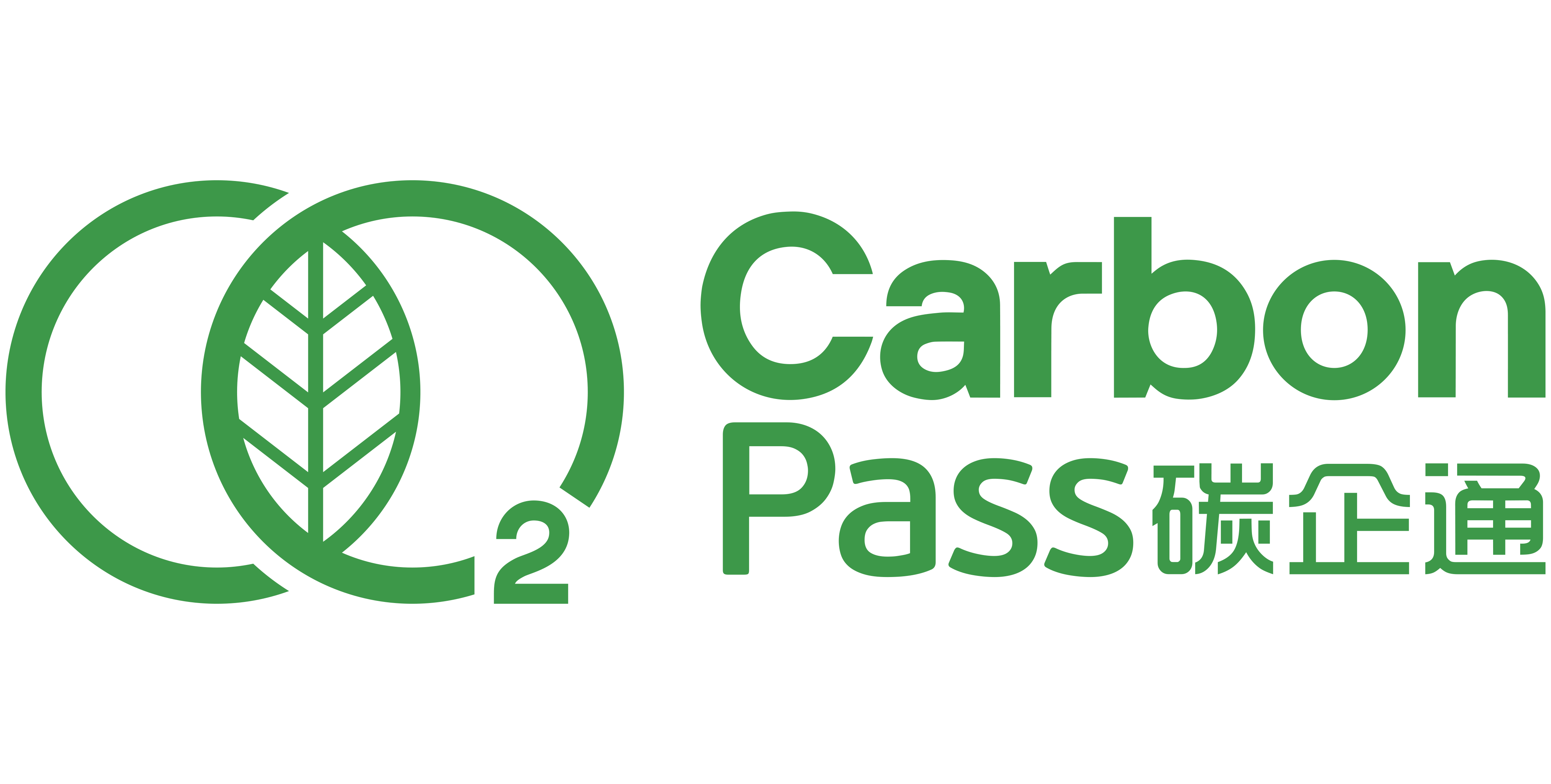IEA: 2023 Energy Technology Vision Report
The IEA released the "Energy Technology Vision 2023". The analysis shows that if countries around the world fully meet their energy and climate commitments, the global market for key mass-produced clean energy technologies could be worth around $650 billion a year by 2030, more than triple its current value. Related clean energy manufacturing jobs will more than double from the current 6 million to nearly 14 million by 2030.

Current supply chains for clean energy technologies are at risk, manifested in the high geographic concentration of resource extraction and processing and technology manufacturing. For technologies such as solar panels, wind energy, electric vehicle batteries, electro lyzers and heat pumps, the three largest producers account for at least 70% of manufacturing capacity for each technology, with China dominating all of them. At the same time, large-scale mining of important minerals is also concentrated in a few countries. For example, Congo produces more than 70% of the The world's cobalt, and just three countries, Australia, Chile and China, account for more than 90% of global lithium production.
The world has seen the risks of straining supply chains that have pushed up the prices of clean energy technologies in recent years, making clean energy transitions more difficult and expensive for countries. Higher prices for cobalt, lithium and nickel lead to higher prices for electric vehicle batteries, with global prices rising by nearly 10% in 2022. Wind turbine costs outside China have also been rising after years of decline, and solar PV has followed a similar trend.
Only 25% of announced solar PV manufacturing projects globally are under construction or about to start construction. That figure is about 35 percent for EV batteries, and less than 10 percent for electrolytes. Government policies and market developments can h ave a significant impact on the final outcome of these remaining projects.
In terms of regional ambitions to scale up manufacturing, the report highlights the important role of international trade in clean energy technology supply chains. It shows that nearly 60% of solar PV modules produced globally are traded across borders. De Despite their bulk, trade is also important for electric vehicle batteries and wind turbine components, of which China is currently the main net exporter.
Article source: IEA


